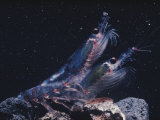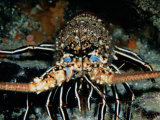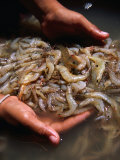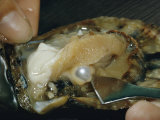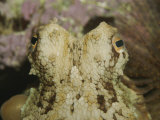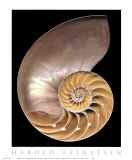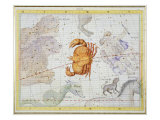|
|
|
|
|
|
|
|
|
|
|
|
BOOKS ABOUT CRUSTACEANS & MOLLUSKS
|
|
|
|
|
|
|
|
|
|
|
|
|
|
|
|
|
|
|
|
|
|
|
|
|
 |
|
|
|
Crustaceans & Mollusks Educational Posters, Prints & Charts
for science classrooms, homeschoolers.
|
science > biology > zoology > aquatic / marine > CRUSTACEAN & MOLLUSK < seafood < culinary food < social studies
|
|
Crusteceans are arthropds - invertebrate animals having an exoskeleton (external skeleton), a segmented body, and jointed appendages that include such familiar animals as crabs, lobsters, crayfish, shrimp, krill and barnacles.
Mollusks soft-bodied, invertebrate animals that live in marine, freshwater and terrestrial habitats, with a wide range of anatomical structure, size, and behavior. Mollusk includes snails, clams, oysters, octopus and sea slugs.
|
|
|
Krill are small crustaceans found in all oceans of the world. They are an important part of the food chain, feeding on phytoplankton and in turn are nourishment for fish, penguins, seals, and whales.
The common name krill comes from the Norwegian word krill meaning “young fry of fish”.
Climate change is threatening the survival of krill.
|
|
|
|
Lobsters are large marine crustaceans, economically important as seafood for their flavor and texture.
Found in all oceans, lobsters live alone in crevices or under rocks, along shorelines to the continental shelf. They are caught in baited, one-way traps tended by a lobster fisher who may have as many as 2,000 traps.
FYI - Lobsters are generally thought of today as a luxury item, however until the mid 19th century it was thought of as something fit for servants and the poor because they were somewhat difficult to harvest economically.
• State of Maine posters
|
|
|
|
Shrimp are swimming, decapod crustaceans found widely the world in both fresh and salt water. They are a desirable seafood, high in calcium, iodine and protein but low in food energy and are also among the most common food allergens. Shrimp can be baked, boiled, fried, or grilled and are found in Spanish paella, Italian cacciucco, Portuguese caldeirada, curries from South and Southeast Asia. Jambalaya is a Louisiana Creole dish of Spanish and French influence.
|
|
|
|
A pearl, a hard object produced within the soft tissue or mantle of a living shelled mollusk, highly valued as gemstones and objects of beauty. Both the shell and pearl are made up of calcium carbonate in minute crystalline form, which has been deposited in concentric layers.
|
|
|
|
Octopuses, in the order Octopoda, are highly intelligent, and are among the most intelligent of all invertebrates. They are cephalopods - exclusively marine animals that are characterized by bilateral body symmetry, a prominent head, and a set of arms or tentacles modified from the primitive molluscan foot.
Octopuses have two eyes and four pairs of arms, and a hard beak with its mouth at the center point of the arms. Most octopuses have no internal or external skeleton, allowing them to squeeze through tight places.
|
|
|
|
Chambered nautilus (Gr: nautilus = sailor) has a shell with a nearly perfect equiangular spiral.
|
|
|
|
The Constellation of Cancer is one of twelve perceived patterns of stars in the ring of constellations which lay along the path of the Sun (ecliptic) across the celestial sphere.
Cancer is the Latin name for “crab”, the shape that ancient star watchers were reminded of when then observed the changing night sky over the course of a year.
• zodiac posters
|
|
|
|
John Tenniel illustrated Lewis Carroll's poem about a very vain lobster (chapter 10 of "Alice in Wonderland") with a lobster preening before a mirror on a cloth draped table.
'Tis the voice of the Lobster: I heard him declare
"You have baked me too brown, I must sugar my hair."
* Teachable Moments - The word toilette is used in the original sense of the French word - a dressing table.
|
|
|
previous page | top
|
|
I have searched the web for visual, text, and manipulative curriculum support materials - teaching posters, art prints, maps, charts, calendars, books and educational toys featuring famous people, places and events - to help teachers optimize their valuable time and budget.
Browsing the subject areas at NetPosterWorks.com is a learning experience where educators can plan context rich environments while comparing prices, special discounts, framing options and shipping from educational resources.
Thank you for starting your search for inspirational, motivational, and educational posters and learning materials at NetPosterWorks.com. If you need help please contact us.
|
|
|























